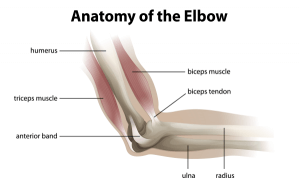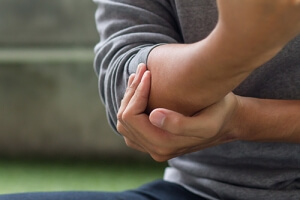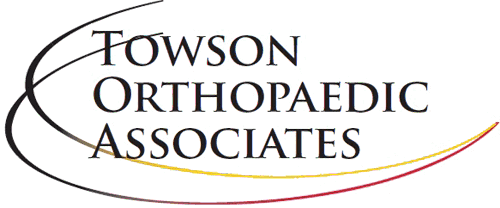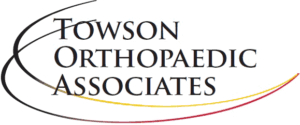 The elbow connects the upper arm to the forearm with two joints, the humeroulnar joint (which allows the arm to bend) and the radiocapitellar joint (which allows for rotation of the forearm). Strong ligaments, muscles, and tendons work together to provide stability to the joint.
The elbow connects the upper arm to the forearm with two joints, the humeroulnar joint (which allows the arm to bend) and the radiocapitellar joint (which allows for rotation of the forearm). Strong ligaments, muscles, and tendons work together to provide stability to the joint.
Elbow injuries are often caused by overuse and can lead to pain, instability, limited range of motion, and locking of the joint.
According to the American Academy of Orthopaedic Surgeons, approximately 80% to 95% of patients with elbow pain have success with nonsurgical treatment; however, early treatment is important to avoid further damage.
At the Joint Preservation Center of Towson Orthopaedic Associates, we work closely with each patient to create a personalized treatment plan to relieve pain, return range of motion, and prevent future joint deterioration.
Common Elbow Conditions
Tennis Elbow
 Tennis elbow, like many other conditions of the hands and arms, often develops as a result of repetitive motion and is common among individuals who perform repeat gestures in their work or play–such as tennis players, painters, etc. Muscles and tendons in the forearm become damaged causing pain and tenderness on the outside of the elbow and along the forearm.
Tennis elbow, like many other conditions of the hands and arms, often develops as a result of repetitive motion and is common among individuals who perform repeat gestures in their work or play–such as tennis players, painters, etc. Muscles and tendons in the forearm become damaged causing pain and tenderness on the outside of the elbow and along the forearm.
According to the American Academy of Orthopaedic Surgeons, approximately 80% to 95% of patients recover from tennis elbow with non-surgical treatment, however, if left untreated, pain can worsen and significantly restrict the ability to perform routine actions.



